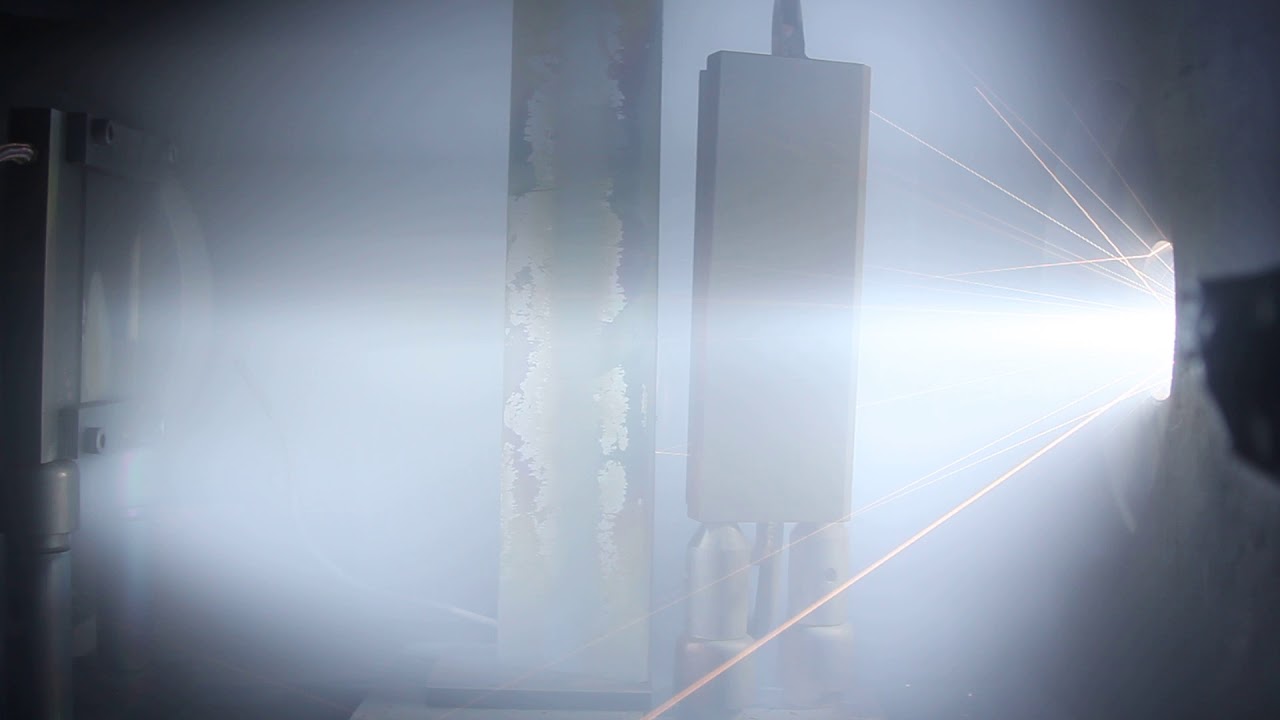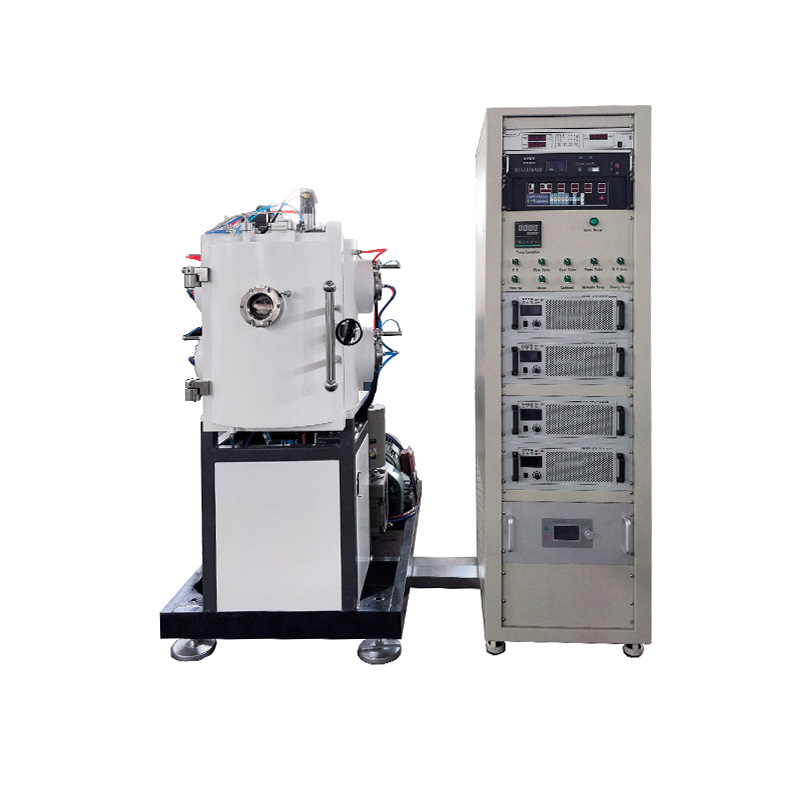Laboratory Arc Deposition System For Metals Deposition

This is a physical vapor deposition equipment specially designed to deposit high quality thin film coatings on the surface of workpieces using cathodic arc discharge technology in laboratories, R & D centers or small production environments. Its core characteristics are "smart" (small footprint, low cost, simple operation) and "multi-arc" (equipped with multiple independent arc sources).
Main parts of small multi-arc ion plating system
Vacuum chamber: Small vacuum chamber, made of stainless steel and equipped with an observation window. It is the place where the deposition process takes place.
Vacuum systems: typically include mechanical, molecular, or diffusion pumps to establish and maintain the required high vacuum environment.
Cathodic arc source:
Each arc source contains a cathode (target), an anode, an arc ignition mechanism, and a magnetic field coil (to control arc spot movement).
Small systems are usually equipped with 2-6 arc sources, mounted on the chamber wall or on rotatable supports to achieve more uniform coating or multi-layer composite coating.
Substrate rack: Small systems are usually equipped with revolving + rotating turrets to ensure that the workpiece is uniformly coated during the coating process.
It has a substrate bias power supply (DC or pulsed DC) for applying a negative bias to attract and accelerate ions.
Gas control system: It is used to precisely control the flow of working gas (such as Ar inert gas) and reaction gas (such as N2, CH2, O2, etc.) introduced into the chamber.
Power supplies:
Arc power supply: provide DC power supply with low voltage and large current for each arc source to maintain arc discharge.
Substrate bias power supply: provide DC or pulse negative bias power supply for the substrate frame.
Cooling system: provide water cooling for arc source target, chamber wall (sometimes including substrate holder) to prevent overheating.
Control system: Automatic control system based on PLC or industrial computer, which is used to monitor and adjust process parameters such as vacuum degree, gas flow, arc current, bias voltage, time, etc. Usually equipped with a human-machine interface.
Filtration system: (optional but highly recommended) Cathodic arcing produces tiny droplets of molten metal that affect film quality. Small systems can be equipped with simple magnetic filter tubes or baffled filters to reduce large droplets from reaching the substrate.
Advantages for the small arc deposition system
Small footprint: suitable for laboratories or small workshops with limited space.
Lower cost: the equipment acquisition cost and operation and maintenance cost are lower than those of large-scale industrial equipment.
Easy to operate: The degree of automation is usually high, easy to operate and maintain.
High R&D flexibility: very suitable for R & D and testing of new materials, new processes and new formulations. It is convenient and fast to replace the target material and adjust the process parameters.
Small batch production: It can meet the coating requirements of small batch, multi-variety and high value-added products.
Multilayer/composite coating capability: The "multi-arc" design allows the convenient deposition of multilayer films (e.g. Ti/TiN, Cr/CrN) or composite films (e.g. TiAlN) using targets of different materials simultaneously or sequentially.
Good film quality: it inherits the advantages of multi-arc ion plating technology, and can obtain a film with high hardness, high binding force, compactness, wear resistance and corrosion resistance.
Typical applications
R&D and pilot production of tool coating: surface strengthening of drill, milling cutter, blade and die (TiN, TiAlN, CrN, AlTiN, DLC, etc.).
R&D and trial production of decorative coating: watch accessories, glasses frames, jewelry, bathroom hardware, mobile phone middle frame, etc. (ZrN, TiN, CrN, titanium zirconium nitride, etc. Appear gold, rose gold, black, gun color, etc.).
R&D of functional coatings: such as wear-resistant coatings (DLC), corrosion-resistant coatings, diffusion barrier layers, optical films, semiconductor films, etc.
Universities and research institutes: teaching and research in the fields of materials science, surface engineering, physics, chemistry, etc.
Small batch customized production: provide small batch high performance coating service for specific customers or products.

